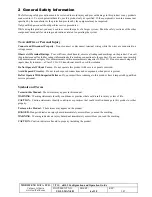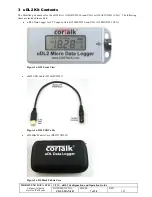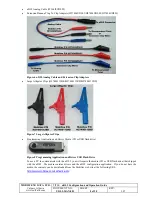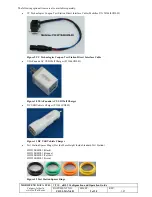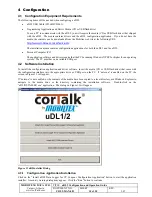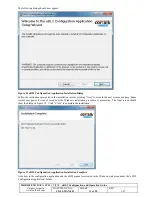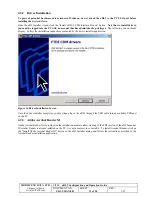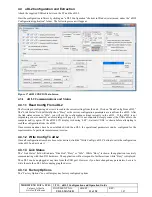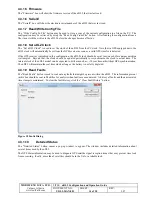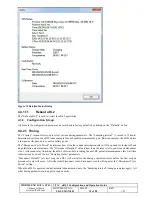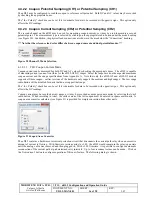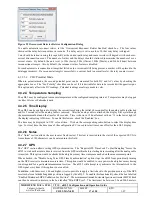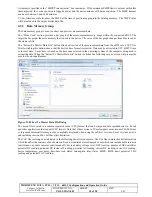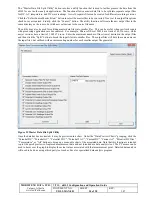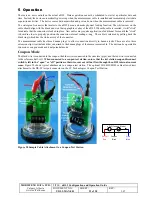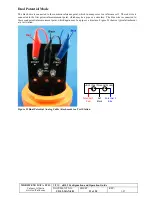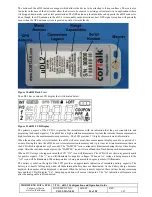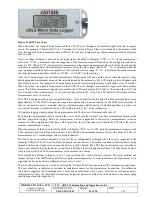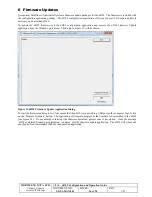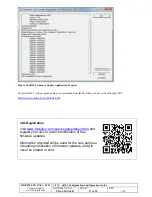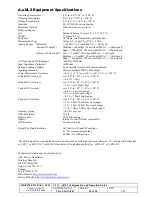
MOBILTEX® DATA LTD.
Calgary, Alberta
www.corTalk.com
TITLE:
uDL2 Configuration and Operation Guide
DOCUMENT NO.:
UDL2-MAN-001
SHEET:
20 of 28
REV:
1.07
The “Master Data File Split Utility” button invokes a utility function that is used to further process the data from the
uDL2 for use in other analysis applications. The function allows a master data file to be split into separate output files
for DC, AC, temperature, and DC wave readings. As well, separate files can be created for different recording sessions.
Click the “Select Source Master File(s)” button to select the master files to be converted. Next, set the output file options
check boxes as required. Finally, click the “Convert” button. The utility function will create the new output files in the
same directory as the source, but with new extensions to the source file name.
The utility may also be used for splitting master data files into smaller files. This can be useful when row limit counts
with processing applications are encountered. For example, Microsoft Excel 2003 has a limit of 65,536 rows, while
newer versions have a limit of 1,048,676 rows. Enter the maximum number of lines (rows) desired in the output files
and then click the “Split” button to break the input files into smaller files. The output files will have the same names as
the input files, but suffixed with an incrementing number for each smaller output file generated.
Figure 25 Master Data File Split Utility
Once the data has been extracted, it may be previewed in a chart. Under the “Data Preview Charts” grouping, click the
“Potential DC”, “Potential AC”, “Potential 2 DC”, “Potential 2 AC”, “Current DC”, “Current AC”, “Potential DC Disc”,
“Temperature”, or “All” buttons to bring up a zoom-able chart of the associated data. Note that this function is intended
to provide quick previews of captured measurement data and not intended as a data analysis tool. The PC mouse can be
used to hover over the graph to display the actual values associated with that measurement point. Detailed data analysis
will need to be done using a third party tool such as Excel or specialized data analysis program.

